Home>Interior Design>Family Room Ideas: 10 Design Rules For Informal Living Room
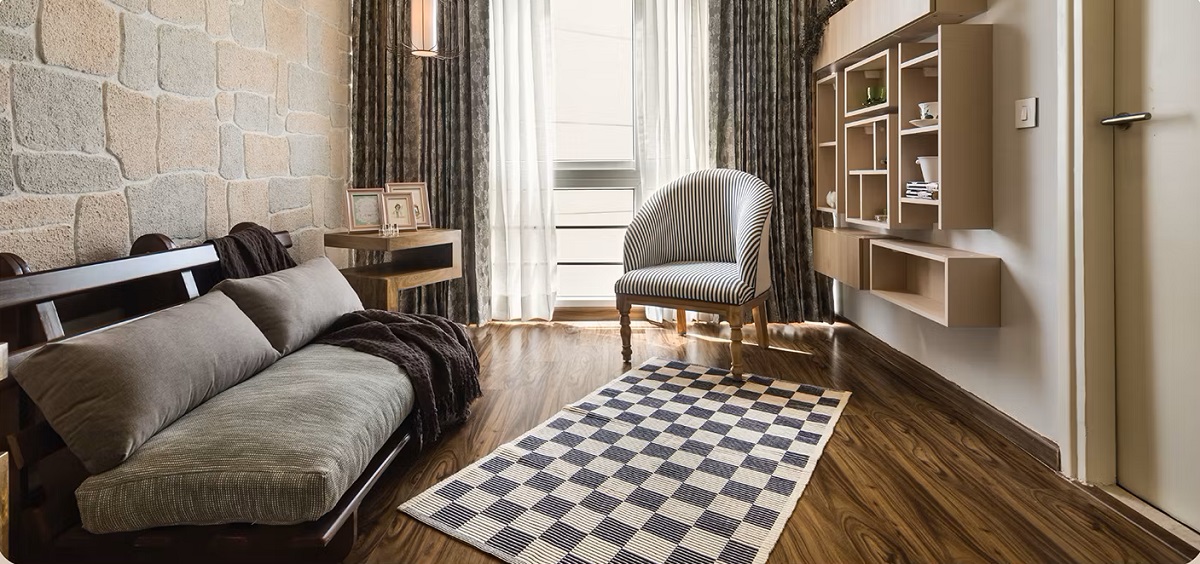

Interior Design
Family Room Ideas: 10 Design Rules For Informal Living Room
Modified: November 1, 2024
Discover 10 essential design rules for creating a cozy and relaxed family room. Get inspired by innovative interior design ideas perfect for informal living spaces.
(Many of the links in this article redirect to a specific reviewed product. Your purchase of these products through affiliate links helps to generate commission for Storables.com, at no extra cost. Learn more)
Introduction
Welcome to the world of family rooms, a space where relaxation, comfort, and togetherness converge. The family room is an informal living area where families gather to spend quality time, unwind, and engage in various activities. Whether you have a dedicated room or a multi-purpose living area, designing a family room that caters to the needs of your household is essential.
In this article, we will explore ten design rules for creating an inviting and functional family room. These guidelines will help you transform your space into a haven that not only reflects your personal style but also fosters a warm and harmonious environment for your loved ones.
From choosing the right furniture to incorporating personal touches, these rules will provide you with the inspiration and guidance needed to curate a family room that perfectly suits your lifestyle. So, let’s dive right in and discover the secrets to designing the ultimate family room!
Key Takeaways:
- Designing a family room involves prioritizing comfort, durability, and personal style. Incorporating versatile color palettes, functional storage, and creating dedicated activity zones are essential for a welcoming and organized space.
- Infusing personal touches, maximizing natural lighting, and creating a clutter-free environment are crucial for a family room that reflects your family’s unique personality and fosters relaxation and togetherness.
Rule 1: Choose Comfortable and Durable Furniture
The first rule when designing a family room is to prioritize comfort and durability when selecting furniture pieces. Since this space is meant for relaxation and spending time with loved ones, comfort should be at the forefront of your decision-making process.
Start by investing in a comfortable sofa or sectional that can accommodate your entire family. Look for deep cushions, supportive backrests, and high-quality upholstery that can withstand the wear and tear of daily use. Consider opting for stain-resistant fabrics or leather, which are easier to clean and maintain.
In addition to a cozy seating arrangement, incorporate other pieces of furniture that cater to your family’s needs. This may include oversized armchairs, recliners, or even a chaise lounge for ultimate relaxation. Make sure to choose pieces that are sturdy and built to last, as they will be subjected to plenty of use.
Another important aspect to consider when selecting furniture for your family room is its versatility. Opt for modular furniture that can be rearranged or expanded as needed. This will allow you to easily adapt the space to different activities or accommodate more guests during gatherings.
Lastly, pay attention to the layout of your furniture to create comfortable seating arrangements. Arrange the furniture in a way that promotes conversation and encourages interaction. Avoid placing furniture too far apart, as it can make the room feel disconnected and less inviting.
By selecting comfortable and durable furniture, you’ll create a family room that is both cozy and practical, ensuring that everyone can relax and enjoy quality time together.
Rule 2: Opt for a Versatile Color Palette
When designing a family room, choosing the right color palette is essential as it sets the tone and atmosphere of the space. Opting for a versatile color scheme will ensure that your family room remains timeless and adaptable to changing trends and preferences.
Start by selecting a neutral base color to create a harmonious backdrop. Shades of white, beige, or gray make excellent choices, as they provide a blank canvas that allows you to experiment with various accent colors and patterns. Neutrals also promote a sense of spaciousness and tranquility in the room.
Once you have your neutral base, introduce pops of color through furniture, accessories, and textiles. Consider incorporating vibrant hues like blues, greens, or yellows to add energy and personality to the space. These splashes of color can come in the form of accent pillows, throws, rugs, or even statement artwork.
Remember, versatility is key in a family room, so opting for a color palette that can easily be updated or changed is important. Consider using removable wallpaper or paint for an accent wall, allowing you to switch up the room’s aesthetic without a major overhaul.
In addition to color, consider the natural lighting in your family room when selecting a color palette. If your space receives an abundance of natural light, you can opt for cool colors to enhance the brightness and openness. On the other hand, if your room is lacking natural light, warmer hues can create a cozy and inviting atmosphere.
Don’t be afraid to mix patterns and textures within your color scheme. Incorporating different patterns, such as stripes, florals, or geometrics, can add visual interest and depth to the room. Just be mindful of balancing bold patterns with more subtle ones to avoid overwhelming the space.
By choosing a versatile color palette, you’ll create a family room that is visually appealing, adaptable, and can easily evolve with your changing design preferences over time.
Rule 3: Create a Focal Point
A focal point serves as the centerpiece of any well-designed family room, drawing the eye and anchoring the space. It adds visual interest, creates a sense of balance, and gives the room a captivating focal point to revolve around. When designing your family room, it’s important to carefully consider and create a strong focal point.
The focal point can take various forms depending on your personal style and the layout of your room. It could be a striking piece of artwork, an eye-catching fireplace, a large entertainment center, or even a statement wall with bold wallpaper or a distinctive texture.
To create a focal point, start by choosing a feature that naturally draws attention. It should be the element that immediately captures the viewer’s gaze when they enter the room. Consider the scale and proportion of the focal point, ensuring that it is appropriately sized for the space. A small piece of art may get lost in a large room, while an oversized fireplace may overpower a smaller family room.
Once you’ve selected a focal point, arrange the furniture and other elements in the room to complement and enhance it. For example, if your focal point is a fireplace, position the seating area around it to create a cozy and inviting atmosphere. If it’s a piece of artwork, consider installing accent lighting to highlight it and make it a true centerpiece.
When choosing a focal point, consider your family’s interests and lifestyle. If you’re a movie-loving family, a large TV or home theater system might be the perfect focal point. If you’re passionate about books, a built-in bookcase or reading nook could be the centerpiece of the room.
Remember, the focal point should reflect your personal style and interests while also serving as a conversation starter and capturing the overall theme of the family room.
By creating a strong focal point, you’ll bring focus and visual appeal to your family room, making it an inviting and engaging space for all to enjoy.
Rule 4: Incorporate Plenty of Seating Options
A family room is a place where everyone can come together and relax. To ensure that everyone in your family feels comfortable and accommodated, it’s important to incorporate plenty of seating options into your design.
Start with a comfortable and spacious sofa or sectional as the anchor of the seating arrangement. This will provide ample seating for the whole family to gather for movie nights or game sessions. Look for deep cushions, supportive backrests, and durable upholstery to withstand the rigors of daily use.
In addition to the main seating, consider incorporating additional seating options to meet the needs of different family members. Armchairs, loveseats, or recliners can provide individual cozy spots for relaxation or reading. Bean bags or floor cushions can be a fun and versatile seating option for children and teenagers.
If space allows, you can also create multiple seating zones within your family room. For example, a small cozy corner with a couple of armchairs and a side table can be a perfect spot for intimate conversations or enjoying a cup of coffee. This adds depth and dimension to the room, as well as accommodates different activities simultaneously.
Don’t forget about incorporating versatile seating options for guests. Portable ottomans or stools can be useful for accommodating extra seating during gatherings or parties. They can be easily moved around and stored when not in use, ensuring that your family room remains clutter-free.
When selecting seating options, pay attention to the scale and proportion of the furniture in relation to the size of your family room. Be mindful of the flow of the room and ensure that there is enough space for comfortable movement between seating areas.
By incorporating plenty of seating options, you’ll create a family room that can comfortably accommodate every member of your household, as well as provide flexibility for different activities and guest occasions.
Read more: How To Display Family Photos In Living Room
Rule 5: Use Functional and Stylish Storage Solutions
When designing a family room, it’s important to consider storage options that are both functional and stylish. A clutter-free space not only creates a sense of calm, but it also allows for easy organization of belongings and promotes a more enjoyable and inviting environment.
Start by assessing the storage needs of your family. Consider the items that need to be stored, such as books, toys, electronics, and media accessories. Then, explore different storage solutions that can accommodate these items while complementing the overall design of the room.
One popular option is to incorporate built-in cabinets or shelves. This not only maximizes the use of space but also adds a sense of sophistication and a custom-made feel to the room. Built-in storage allows you to hide away clutter while displaying decorative items or family photographs on open shelves.
Another versatile storage solution is using multifunctional furniture. Look for coffee tables, ottomans, or side tables with hidden compartments or built-in drawers. These pieces can serve as both stylish accents and practical storage solutions, allowing you to keep items within easy reach while keeping the room tidy.
Open shelving units can add a modern and airy feel to the space while providing a place to showcase books, decorative objects, or storage baskets. Utilizing decorative baskets or bins is a great way to hide away toys, remote controls, or other smaller items while adding texture and visual interest to the room.
Create designated storage areas for specific items, such as a media console for entertainment equipment or a wall-mounted shelf for your favorite board games. This will help keep everything organized and easily accessible, making family movie nights or game sessions a breeze.
Finally, don’t forget about vertical storage options. Utilize wall space with floating shelves or wall-mounted cabinets to maximize storage without compromising on floor space. This is especially useful in small family rooms where every inch counts.
With functional and stylish storage solutions, you can keep your family room organized and clutter-free while adding unique design elements that enhance the overall aesthetic of the space.
When designing a family room, consider using durable and easy-to-clean materials for furniture and flooring to accommodate the informal and often high-traffic nature of the space.
Rule 6: Enhance Natural Lighting
Natural lighting can have a significant impact on the ambiance and attractiveness of a family room. By maximizing the amount of natural light in the space, you can create a bright and inviting atmosphere that is not only visually appealing but also beneficial for your overall well-being.
Start by assessing the sources of natural light in your room. Identify windows or glass doors that allow daylight to enter the space. Take note of the direction and intensity of the sunlight throughout the day, as this will help you determine the best strategies for enhancing natural lighting.
One effective way to enhance natural light is to keep window treatments minimal and light. Opt for sheer curtains or blinds that allow light to filter through while still providing privacy when needed. Avoid heavy, dark, or opaque curtains that block out natural light and make the room feel closed off.
Consider using mirrors strategically to reflect natural light and create the illusion of a larger and brighter space. Position mirrors across from windows or near light sources to bounce light around the room. This simple trick can significantly amplify the amount of natural light in the space.
Another way to maximize natural light is to keep the area around windows clear of obstructions. Avoid placing bulky furniture or tall decorative items in front of windows as they can block light from entering the room. Instead, opt for low-profile furniture to maintain an unobstructed view of the outdoor scenery.
If your family room lacks sufficient natural light, consider incorporating artificial lighting options that mimic the qualities of natural light. Use full-spectrum light bulbs that closely resemble daylight, which can create a similar effect and enhance the overall brightness of the room.
Additionally, consider painting the walls in light and reflective colors. Lighter shades like whites, creams, or pastels can help reflect natural light and make the room feel more spacious and airy. Avoid dark or heavily saturated colors, as they absorb light and can make the room appear dimmer.
By enhancing natural lighting in your family room, you’ll create a vibrant and welcoming space that uplifts your mood and promotes a positive atmosphere for your family to enjoy.
Rule 7: Add Layers of Texture
When designing a family room, it’s important to create a space that is visually interesting and inviting. One way to achieve this is by adding layers of texture throughout the room. Texture adds depth, dimension, and a tactile element that enhances the overall aesthetic and comfort of the space.
Start by incorporating different fabrics and textiles. Mix and match soft and cozy materials such as plush cushions, velvet or chenille throws, and luxurious area rugs. Consider adding textured curtains or blinds to introduce visual interest and create a more dynamic environment.
Don’t limit yourself to fabrics alone. Explore different natural materials to introduce texture, such as wood, stone, or rattan. Incorporating wooden furniture pieces or accents can add warmth and a touch of nature to the room. Stone or brick walls can create a rustic and textured focal point in the space.
Layering textures can also be achieved through the use of accessories and decorative elements. Incorporate decorative pillows with varying textures, like embroidery, sequins, or fringes. Display woven baskets or artwork with intricate designs to add depth and visual interest to the walls.
Consider incorporating different patterns into your design scheme. Mixing patterns, such as stripes, geometrics, or florals, can add another layer of texture to the room. Be mindful of balancing bold patterns with more subtle ones to create a cohesive and visually appealing space.
Lighting can also contribute to the overall texture of the room. Incorporate various light fixtures with different textures, such as pendant lights with woven shades or ceramic table lamps. The interplay of light and shadow on textured surfaces can create a visually striking and dynamic effect.
Lastly, don’t forget about the tactile experience of the room. Incorporate cozy and soft textures that invite you to touch and feel, such as plush rugs, velvety upholstery, or faux fur throws. These elements add a layer of comfort and coziness to the space, making it even more inviting for your family to unwind and relax.
By adding layers of texture, you’ll create a visually appealing and multi-dimensional family room that stimulates the senses and provides a comfortable and inviting space for your loved ones.
Rule 8: Incorporate Personal Touches and Family Mementos
A family room should reflect the unique personalities and memories of your family. Incorporating personal touches and family mementos into the design allows you to create a space that feels truly special and meaningful. It’s a wonderful opportunity to showcase your family’s stories and create a sentimental atmosphere.
Start by displaying family photographs that capture special moments and memories. Create a gallery wall using a mix of frames in various sizes and styles. Arrange them in a visually appealing manner to create a focal point that exudes love and togetherness.
Showcase sentimental items or heirlooms that have been passed down through generations. Whether it’s a vintage clock, a cherished piece of artwork, or a handmade quilt, these items add character and a sense of history to the room. Display them on shelves, tabletops, or as wall décor.
Incorporate artwork created by family members, especially children. Frame and display their drawings, paintings, or crafts to nurture their creativity and make them feel proud. Not only does this add a personal touch to the room, but it also serves as a constant reminder of the uniqueness and talents within your family.
Bring in items that represent your family’s interests and hobbies. For example, if you love music, display musical instruments or posters of your favorite artists. If you enjoy travel, incorporate souvenirs or maps from your adventures. These personal touches will make your family room feel more inviting and reflective of your passions.
Consider creating a memory board or a corkboard where you can pin notes, tickets, and photographs from special events or future family activities. This interactive display allows the room to evolve and capture new memories as time goes on.
Don’t be afraid to infuse your family’s personality into the overall design aesthetic as well. Incorporate colors or patterns that resonate with your family’s style. Choose furniture or accessories that reflect your collective taste, whether it’s modern, rustic, eclectic, or something in between.
By incorporating personal touches and family mementos, you transform your family room into a space that is not only beautiful but also carries sentimental value. It becomes a gathering place filled with love and cherished memories, fostering a sense of belonging for your family.
Rule 9: Create Zones for Different Activities
A family room is a versatile space that accommodates various activities, from relaxation and entertainment to playtime and study sessions. Creating dedicated zones for different activities helps to maximize the functionality and organization of the room, allowing everyone to enjoy their preferred activities within the same space.
Start by identifying the different activities that will take place in your family room. Common zones may include a seating area for socializing and watching TV, a play area for children, a reading corner, or a workspace for studying or remote work.
Divide the room into separate sections or use furniture placement to establish different zones. Arrange the seating area with a comfortable sofa or sectional facing the TV or entertainment center. This creates a cozy spot for family members to gather for movies or TV shows.
Create a designated play area for children by incorporating storage solutions that keep toys organized and easily accessible. Use a colorful rug or play mat to define the space and provide a comfortable surface for playtime. You can also include a small table and chairs for arts and crafts activities or board game sessions.
Designate a reading corner by adding a cozy armchair or a small loveseat next to a bookcase. Install some built-in or wall-mounted shelves to house your favorite books, creating an inviting space for quiet relaxation and reading.
If your family uses the room for work or study, set up a designated workspace with a desk, ergonomic chair, and proper lighting. Make sure this area is well-organized with storage solutions for books, supplies, and paperwork.
Be mindful of the flow and arrangement of furniture in each zone. Ensure that there is enough space for comfortable movement between areas, and that each zone has the necessary storage or furniture to accommodate its specific activities.
Using area rugs or different flooring materials can further delineate each zone visually. This creates a sense of definition and separation, even in an open-concept family room.
Remember, flexibility is key. Consider using furniture pieces that can be easily rearranged or folded away when not in use. This allows the room to adapt to different activities or accommodate larger gatherings.
By creating zones for different activities, you’ll ensure that your family room is not only visually appealing, but also highly functional and tailored to the specific needs and interests of each family member.
Rule 10: Keep the Room Clutter-Free and Organized
A clutter-free and organized family room is essential for creating a welcoming and relaxing environment. When everything has its place and the space is tidy, it not only looks visually appealing but also makes it easier for your family to enjoy and utilize the room to its fullest potential. Here are some tips to help you maintain a clutter-free and organized family room:
1. Clear the Clutter Regularly: Make it a habit to declutter the room regularly. Remove items that no longer serve a purpose or are no longer used by your family. Donate or discard these items to free up valuable space in the room.
2. Embrace Smart Storage Solutions: Invest in storage furniture that can hide away toys, media equipment, and other items when not in use. Utilize bookshelves, cabinets, and baskets to keep things organized and easily accessible.
3. Assign Homes for Items: Designate specific places for different items in the room. Teach your family members to put things back in their designated spot after use. This simple habit will go a long way in maintaining an organized space.
4. Use Storage Containers: Utilize storage containers, such as bins or baskets, to categorize and store smaller items. Label these containers for easy identification and accessibility.
5. Invest in Multi-functional Furniture: Opt for furniture pieces that offer hidden storage compartments. Coffee tables with built-in storage or ottomans with lift-up tops can provide additional space to keep items out of sight.
6. Implement a Daily Cleaning Routine: Set aside a few minutes each day to tidy up the family room. Wipe down surfaces, fluff cushions, and put away any misplaced items. This daily routine will prevent clutter from accumulating and keep the room looking neat.
7. Optimize Wall Space: Utilize wall-mounted storage options, such as shelves or hanging organizers, to maximize storage without taking up valuable floor space.
8. Create Zones for Miscellaneous Items: Designate areas or baskets for miscellaneous items such as remote controls, charging cables, or magazines. By having a specific spot for these items, they won’t end up scattered throughout the room.
9. Encourage Clean-as-You-Go: Teach your family members to clean up after themselves as they use the family room. This habit will help prevent clutter from accumulating and maintain a tidy space.
10. Regularly Assess and Reorganize: Take the time to reassess the organization and storage solutions in your family room periodically. As your family’s needs change, you may need to adjust and rearrange to ensure everything remains organized and easily accessible.
By implementing these strategies and making organization a priority, you’ll create a clutter-free and organized family room that promotes relaxation, creativity, and quality time spent together.
Conclusion
Designing a family room that reflects your style, accommodates the needs of your family, and promotes a warm and inviting atmosphere is a rewarding endeavor. By following the ten design rules outlined in this article, you’ll be able to transform your family room into a space that fosters relaxation, connection, and cherished memories.
From choosing comfortable and durable furniture to incorporating personal touches and family mementos, each rule plays a significant role in curating a family room that is both functional and aesthetically pleasing. By optimizing natural lighting, adding layers of texture, and creating zones for different activities, you’ll create a versatile space that caters to the diverse needs and interests of your family members.
Additionally, incorporating practical storage solutions and maintaining an organized and clutter-free environment ensures that the room remains tidy and efficient. This allows you and your family to fully enjoy the space without unnecessary distractions or obstacles.
Remember, the key to designing a successful family room lies in striking a balance between functionality and style. By infusing personal touches, incorporating your family’s unique interests and hobbies, and creating a space that resonates with your collective personality, you’ll create a family room that truly feels like home.
Take the time to assess your family’s needs, consider the layout and size of the space, and infuse your personal design preferences into the room. Whether you have a dedicated family room or a multifunctional living area, these design rules can be adapted to suit your specific circumstances and create a space that brings joy and relaxation to your family’s daily life.
So roll up your sleeves, unleash your creativity, and let these design rules guide you in creating the ultimate family room that will be the heart of your home for years to come.
Frequently Asked Questions about Family Room Ideas: 10 Design Rules For Informal Living Room
Was this page helpful?
At Storables.com, we guarantee accurate and reliable information. Our content, validated by Expert Board Contributors, is crafted following stringent Editorial Policies. We're committed to providing you with well-researched, expert-backed insights for all your informational needs.
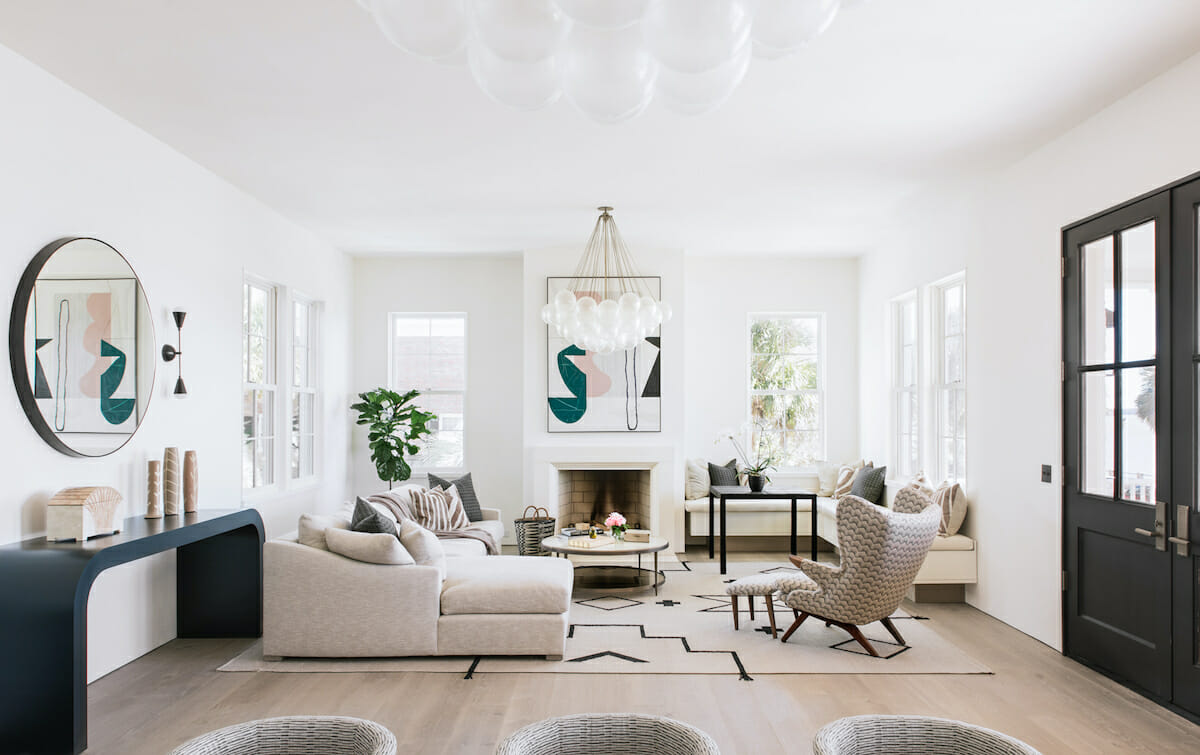

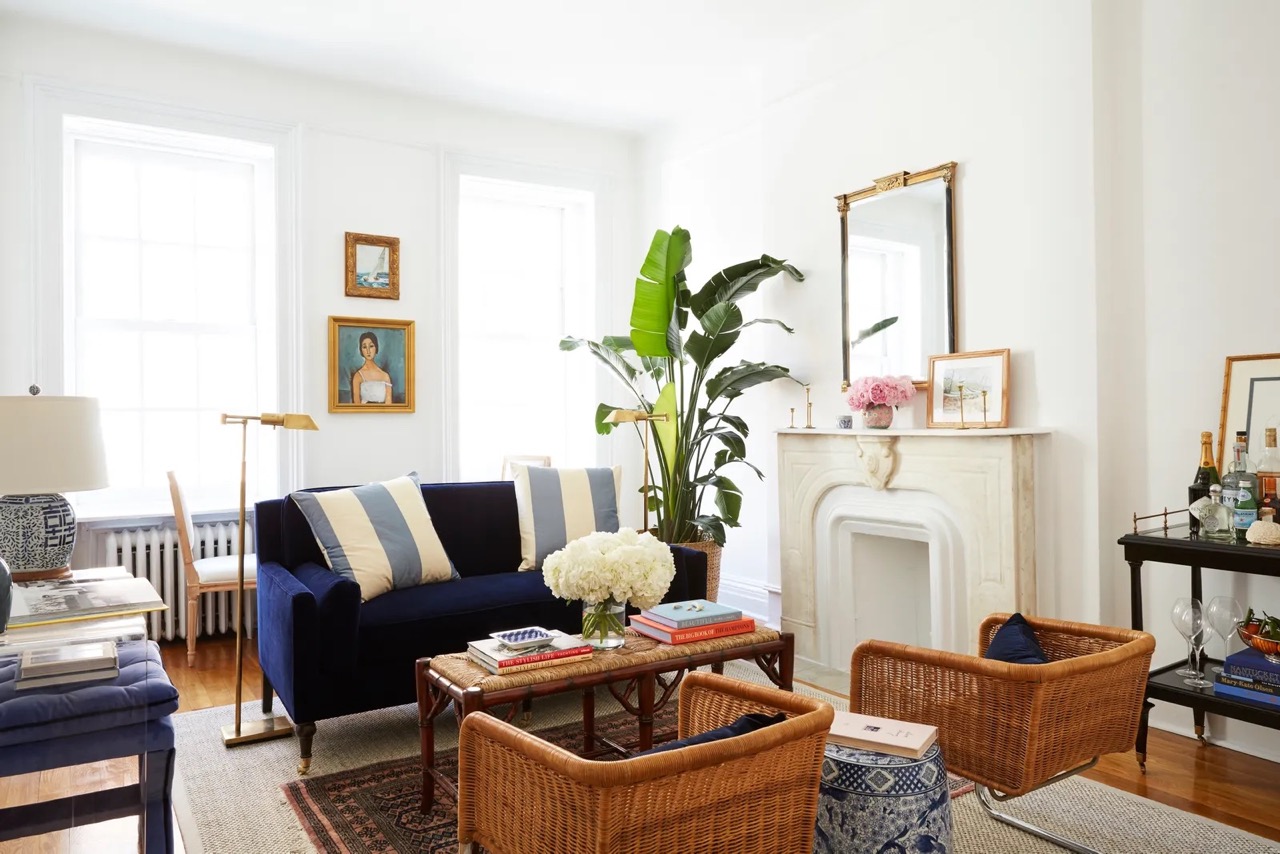
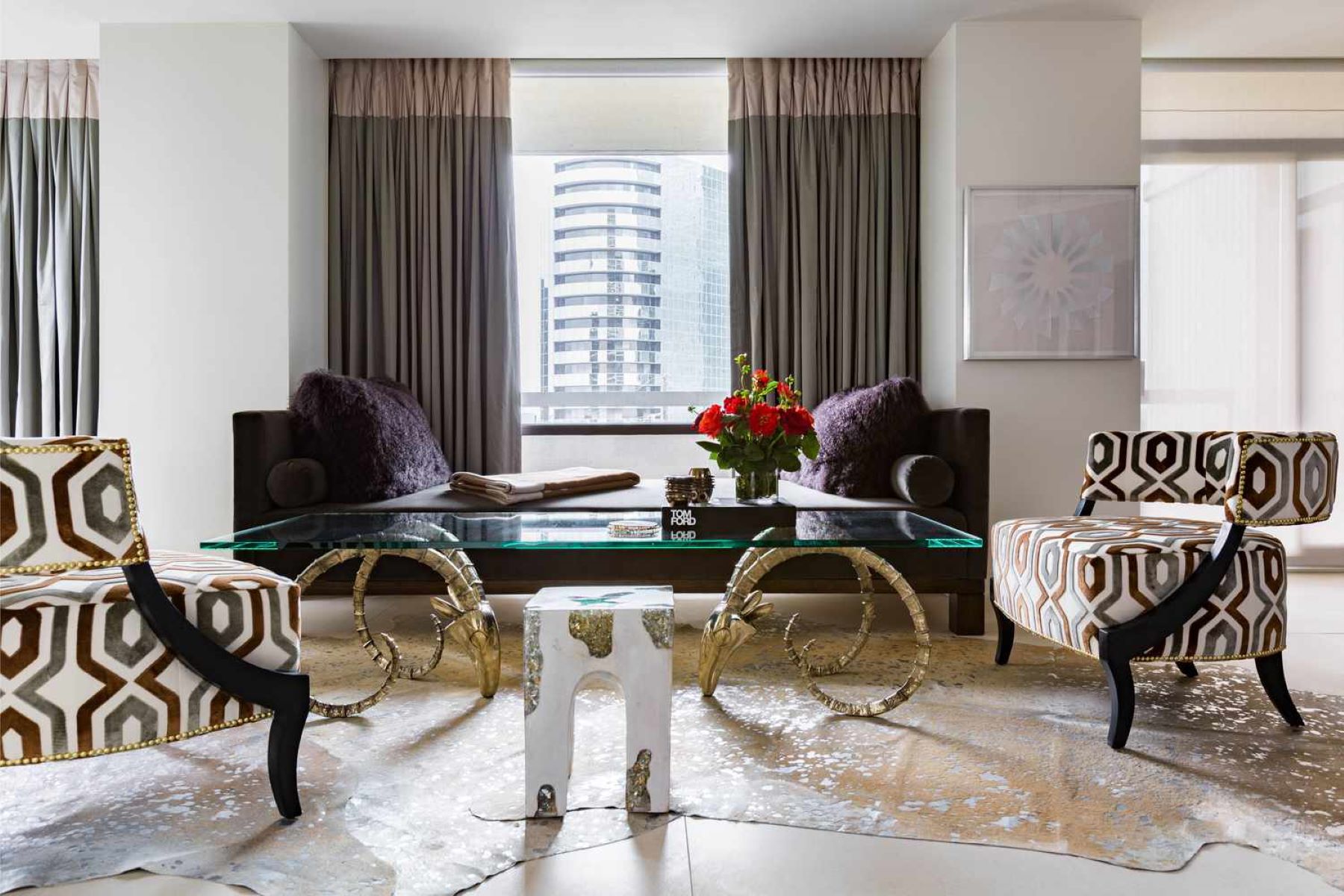
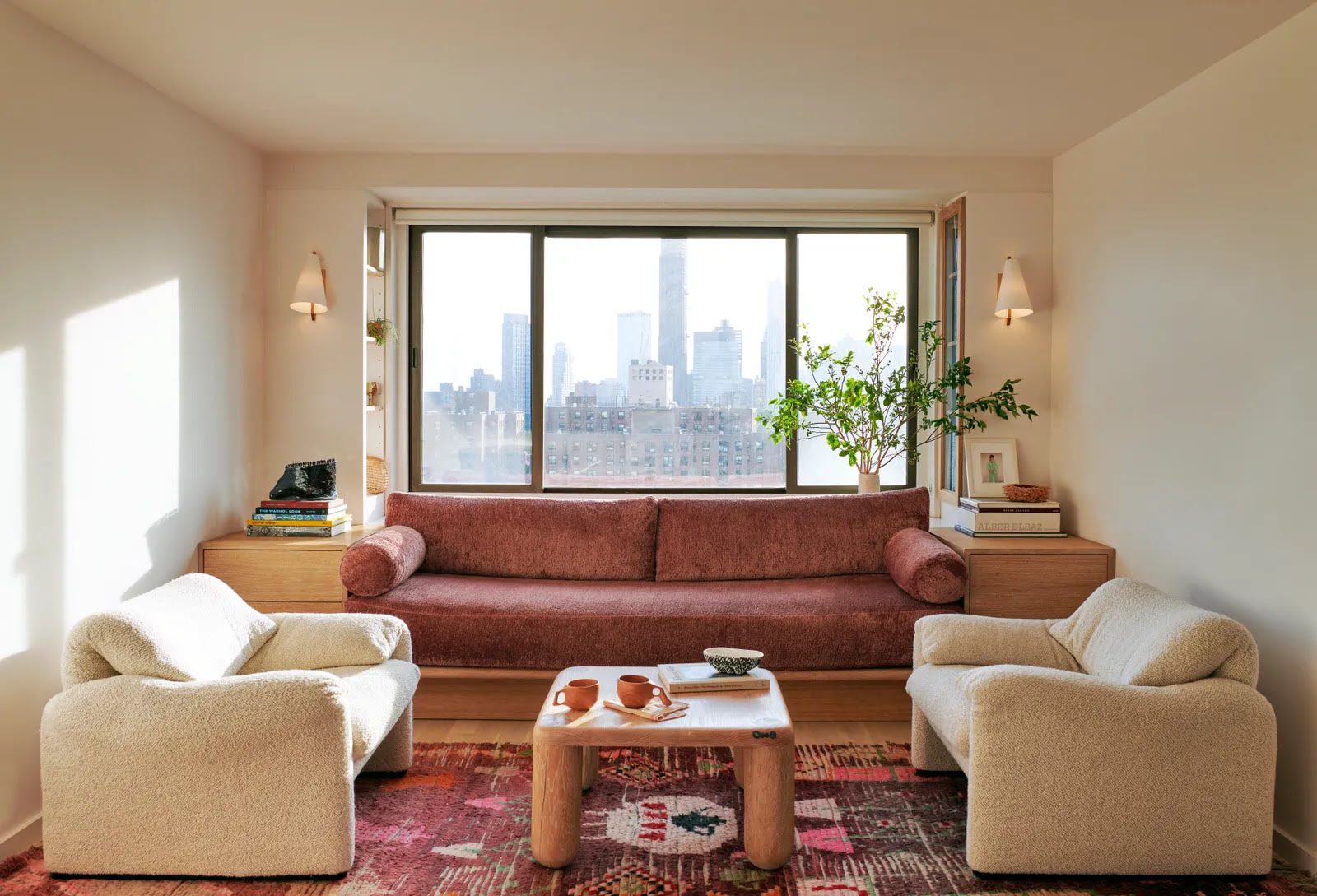
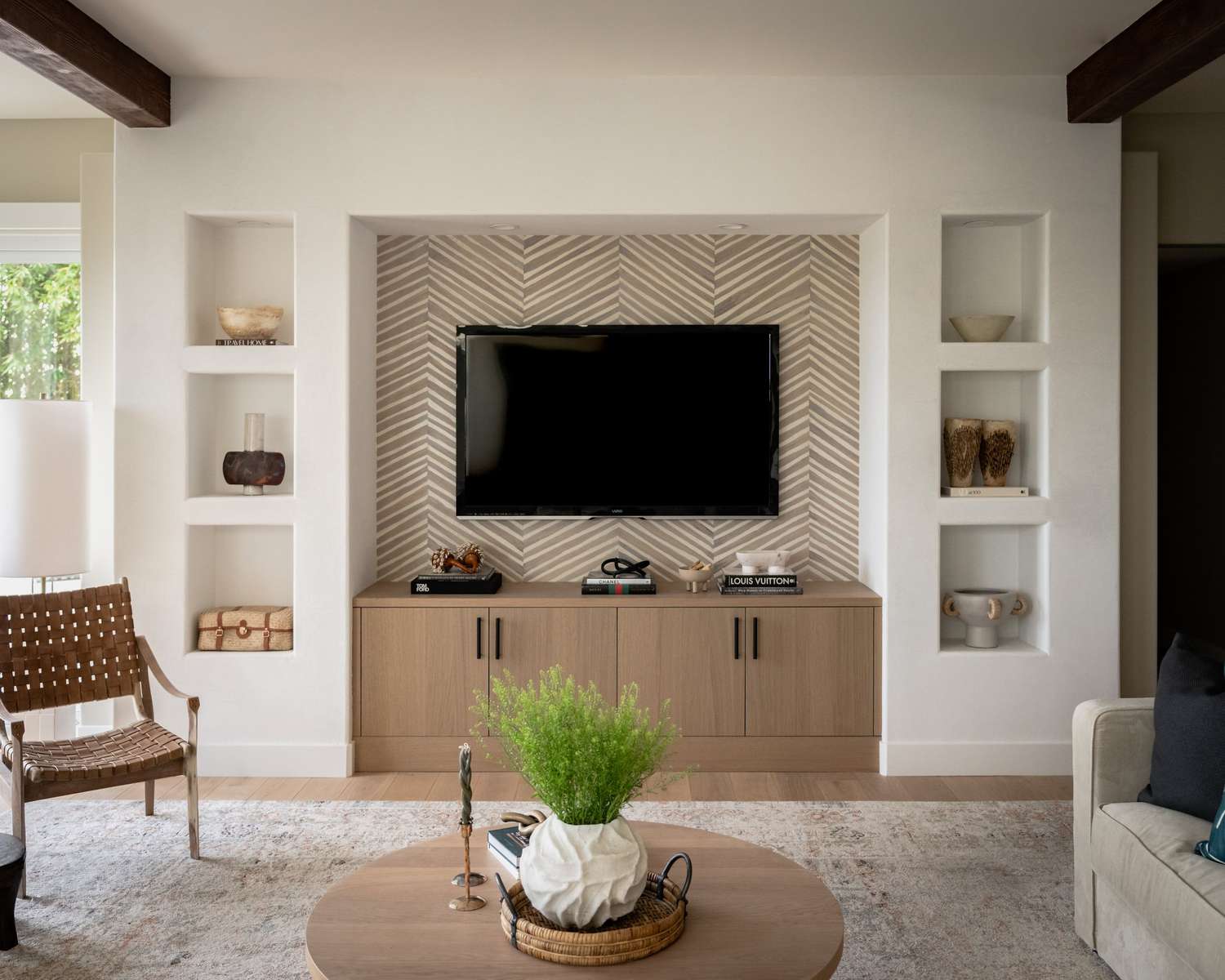
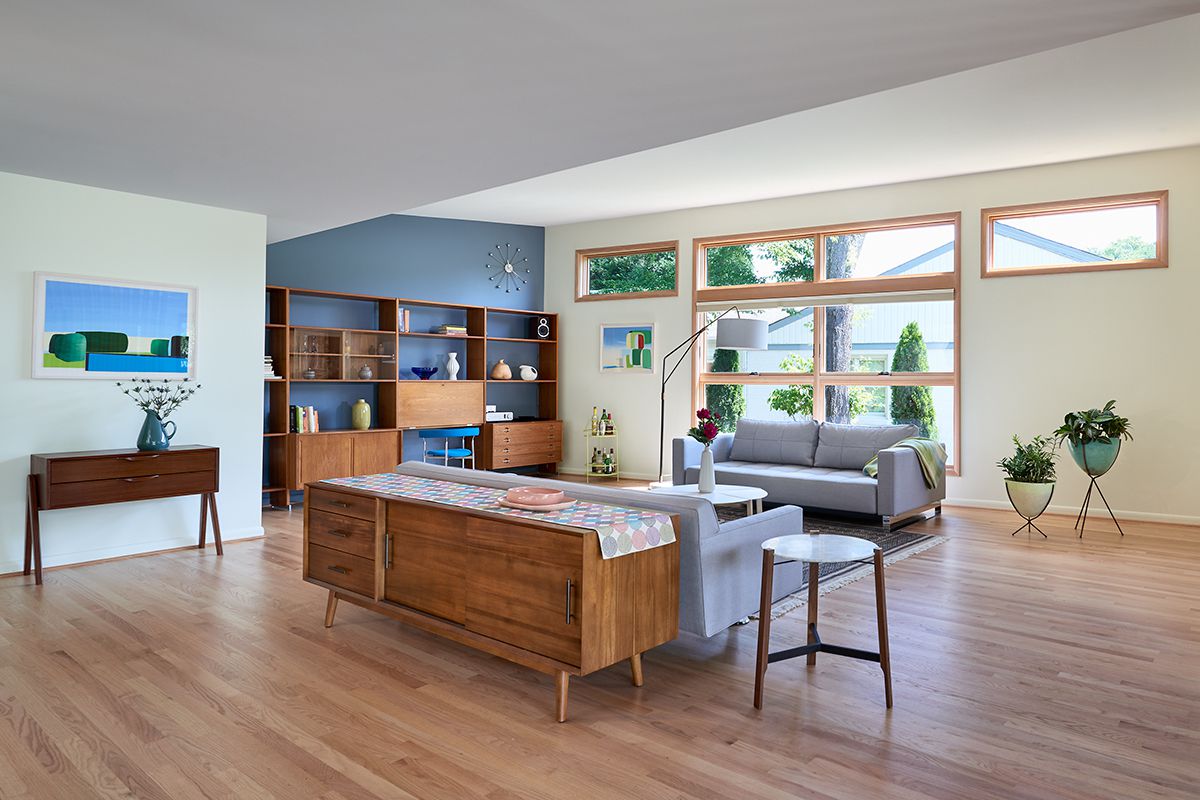
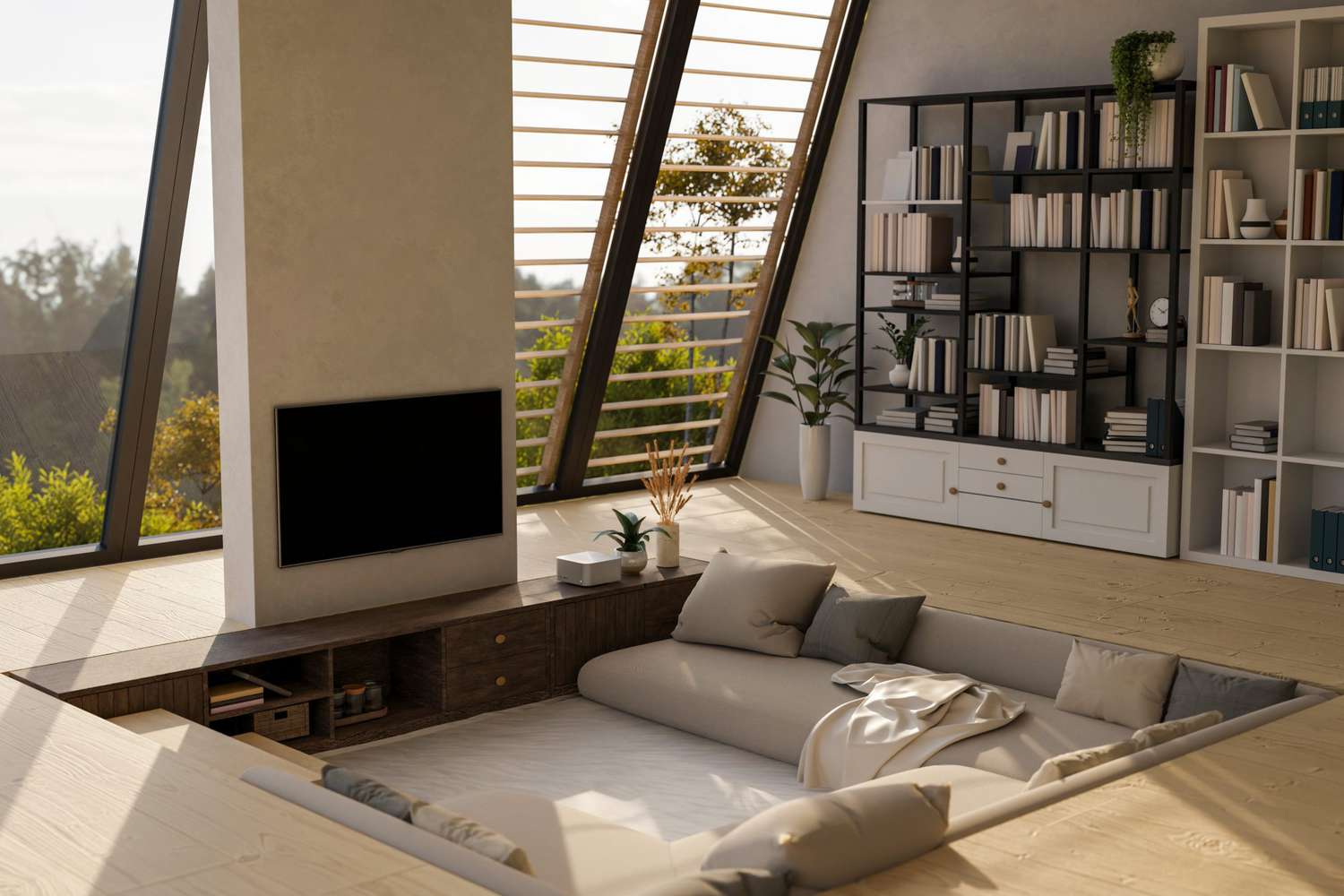
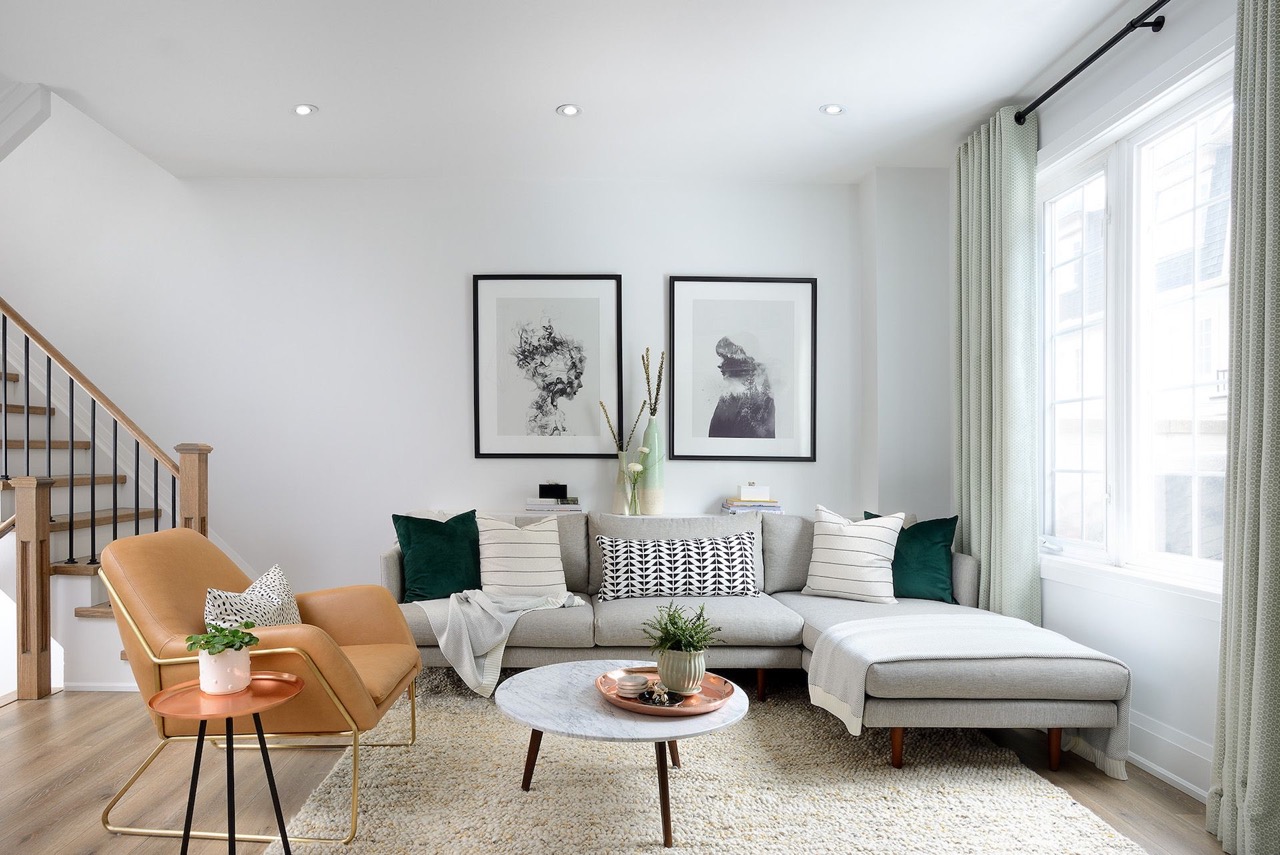

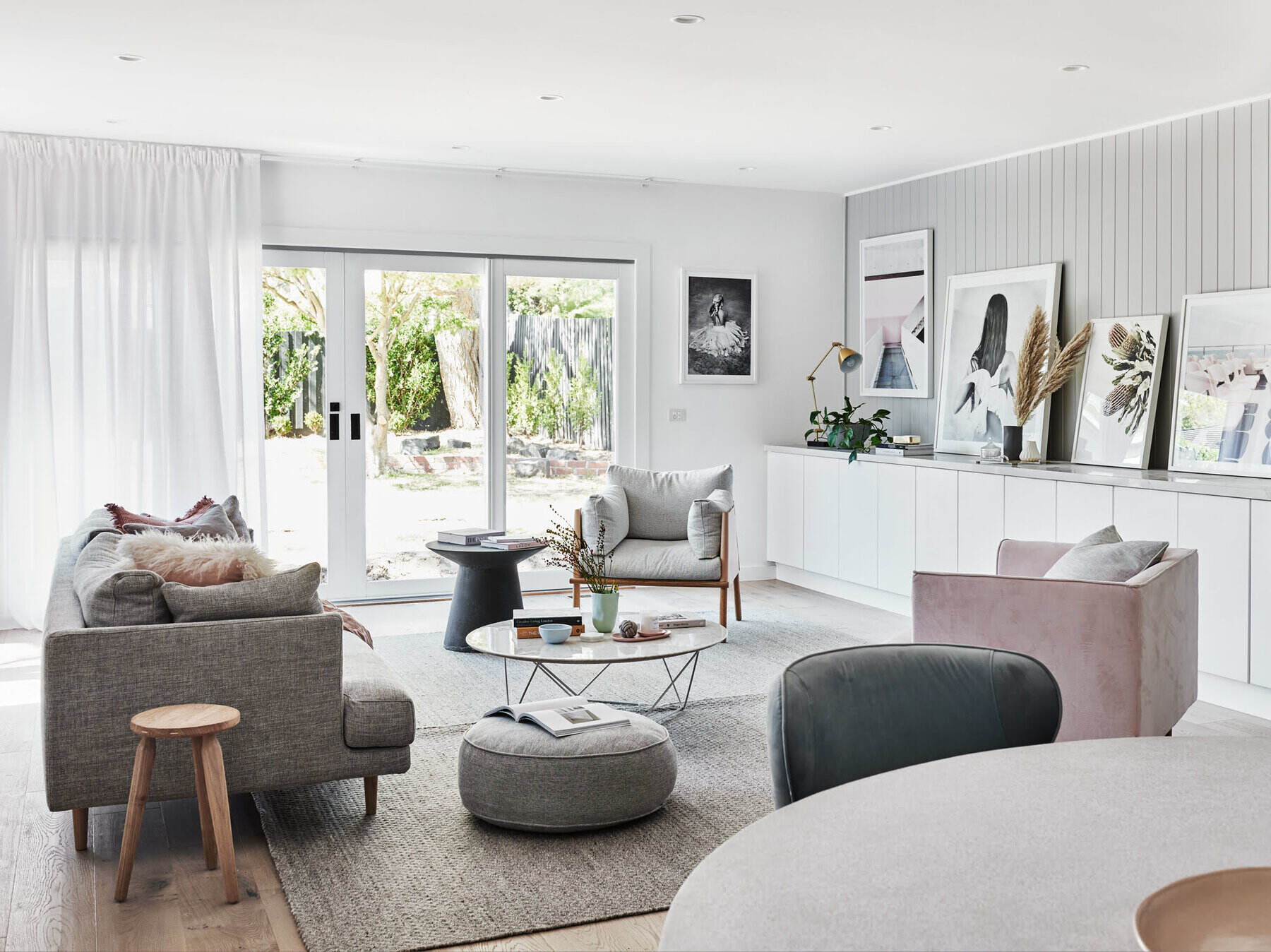

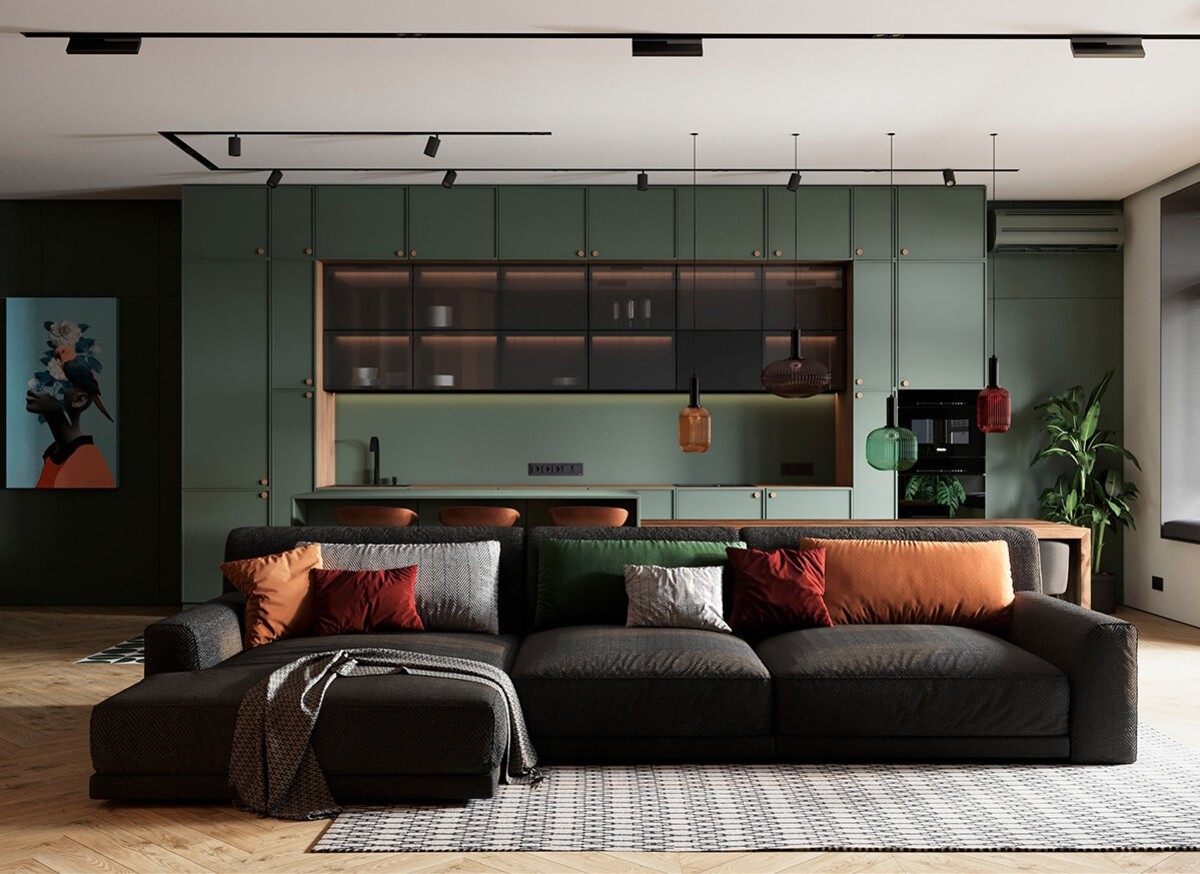

0 thoughts on “Family Room Ideas: 10 Design Rules For Informal Living Room”